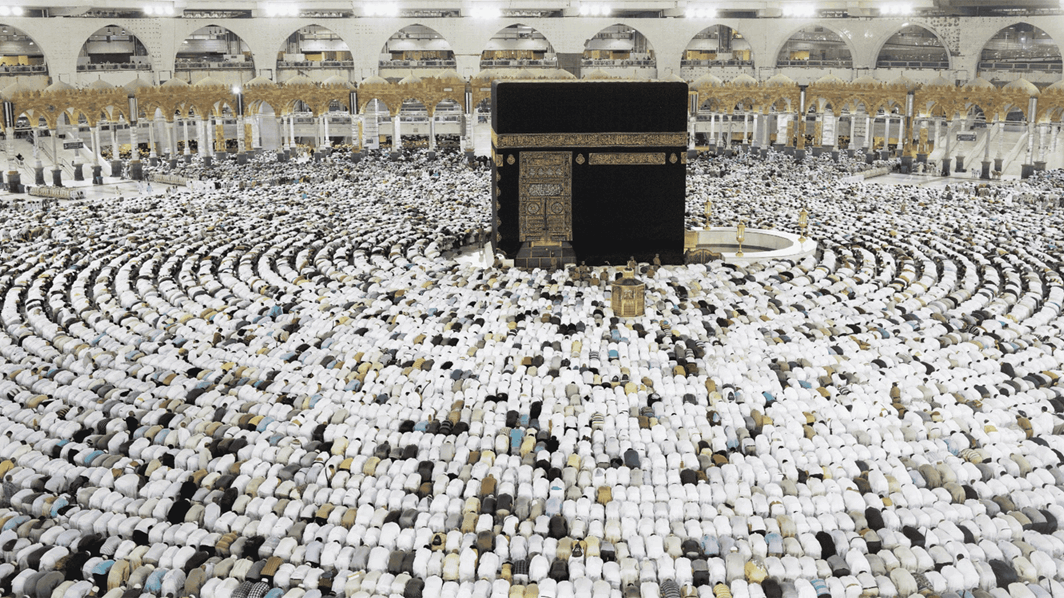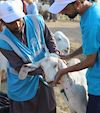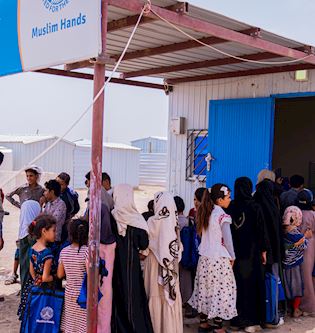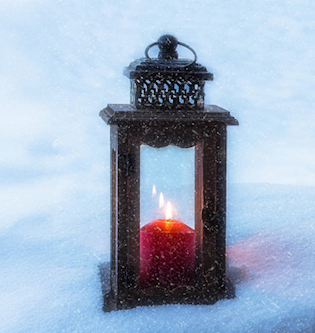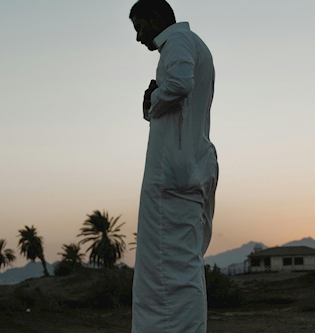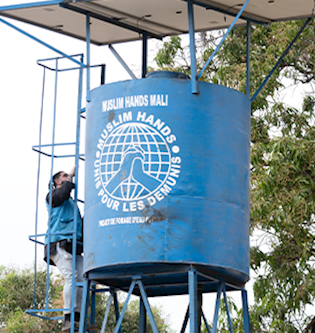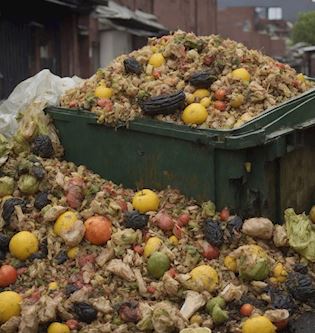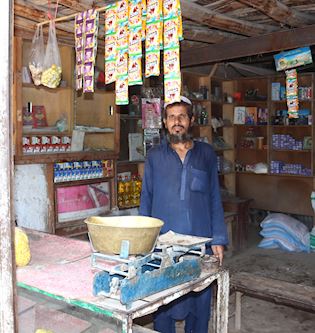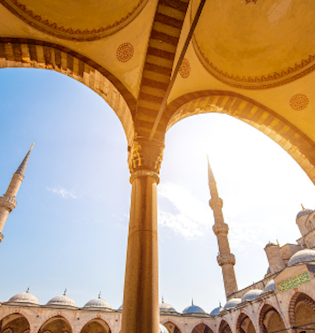Hajj and Umrah Guide
What is Hajj?
Hajj is a pilgrimage that adult Muslims must perform at least once in their lifetime, provided they are physically, mentally, and financially capable. It is one of the Arkan al-Islam (five pillars in Islam).
What is Umrah?
Umrah is a voluntary pilgrimage to the holy city of Mecca that can be performed at any time of the year. Though not obligatory, Umrah is recommended in Islam to seek spiritual rewards and purification.
What is the difference between Hajj and Umrah?
Hajj is a mandatory pilgrimage that is completed during the month of Dhul Hijjah, whereas Umrah is a voluntary pilgrimage that can be performed throughout the year, with fewer rituals.
What are the different types of Hajj and Umrah?
- Hajj Qiran: The pilgrim performs both Umrah and Hajj in the same journey, without exiting the state of Ihram.
- Hajj Ifrad: This form of Hajj is performed within the Miqat (designated boundary) of Mecca. The pilgrim performs only Hajj and does not combine it with Umrah.
- Hajj Tamattu‘: The pilgrim performs Umrah first, exits the state of Ihram, and then re-enters Ihram to perform Hajj. This tends to be the most common type of Hajj that is performed.
- Umrah al-Mufradah: This is the independent performance of Umrah, not associated with Hajj. It includes entering Ihram, performing Tawaf and Sa’ee, along with shaving or trimming one’s hair.
What are the rituals for Hajj and Umrah?
Hajj includes several important rituals that are carried out for five to six days:
- Ihram: A state of spiritual purity entered by pilgrims, marked by wearing specific white garments and refraining from activities such as cutting hair and nails. This is a key component of both Hajj and Umrah.
- Tawaf: Pilgrims circle the Ka'bah seven times. The Ka’bah is in the Masjid al-Haram Mosque in Mecca. This is a key component of both Hajj and Umrah.
- Sa’ee: Pilgrims walk seven times between the hills of Safa and Marwa, commemorating Hajar’s (as) search for water for her son, Prophet Ismail (as). This is a key component of both Hajj and Umrah.
- Standing at Arafat: Pilgrims performing Hajj gather at the plain of Arafat for a day of prayer and reflection, seeking forgiveness from Allah (swt). Learn more about the Day of Arafah.
- Stoning the Jamarat: Pilgrims performing Hajj throw pebbles at three pillars, symbolizing the rejection of temptation, representing Satan's attempt to sway Prophet Ibrahim (as) from Allah's (swt) command.
- Animal Sacrifice: In remembrance of Prophet Ibrahim's (as) willingness to sacrifice his son in obedience to Allah (swt), Pilgrims performing Hajj sacrifice an animal, typically a sheep, goat, or cow. This is referred to as Qurbani, and in some contexts Udhiyah. Learn more about this sacred ritual: Qurbani.
- Tawaf al-Ifadah: Another round of circumambulation of the Ka'bah, performed after the standing at Arafat. Tawaf al-Ifadah is one of the key rituals of Hajj, but it is also sometimes referred to in the context of Umrah, although there are differences in how and when it's performed.
- Shaving or Cutting Hair: After completing Tawaf and Sa’ee, men shave their heads or trim their hair, while women tend to cut a small portion of their hair. This is a key component of both Hajj and Umrah.
When does Hajj take place?
Hajj occurs on the 8th to 12th days of Dhul Hijjah, the last month of the Islamic calendar.
When does Umrah take place?
Unlike Hajj, Umrah can be performed at any time of the year. Many perform Umrah during Ramadan for additional spiritual benefits, especially during the last ten days.
What are the sacred sites for Umrah and Hajj?
For both Hajj and Umrah, there are several sacred sites in and around Mecca, Saudi Arabia, that hold spiritual and historical significance. These sites are essential to the rituals of both pilgrimages. Here are the key sacred sites:
Ka'bah (in the Masjid al-Haram): The Ka'bah is located at the heart of the Masjid al-Haram in Mecca. During both Hajj and Umrah, pilgrims perform the Tawaf, which involves circumambulating the Ka'bah seven times in a counterclockwise direction. The Ka'bah is also the qiblah (direction) toward which Muslims pray.
Masjid al-Haram (The Grand Mosque): Masjid al-Haram is the mosque that surrounds the Ka'bah and is the largest mosque in the world. Pilgrims visit this mosque to perform Tawaf, prayer, and other rituals during their pilgrimage.
Mount Arafat (Jabal al-Rahmah): Located about 20 kilometers east of Mecca, Mount Arafat is where pilgrims stand in prayer and seek forgiveness on the Day of Arafat, which is a key part of the Hajj pilgrimage. On this site, Prophet Muhammad (saw) delivered his final sermon. This site is only part of the Hajj pilgrimage, not Umrah.
Mina: Mina is a tent city about five kilometers east of Mecca, where pilgrims stay during part of the Hajj. It is also the site where pilgrims stone the Jamarat, symbolizing the rejection of Satan. Mina is only visited during the Hajj pilgrimage.
Muzdalifah: Muzdalifah is located between Arafat and Mina, where pilgrims gather to spend the night during Hajj. They also collect pebbles here for stoning of the Jamarat in Mina. This site is only visited during Hajj.
Safa and Marwa: These are two hills located within Masjid al-Haram. Pilgrims perform Sa’ee, walking seven times between these hills, in commemoration of Hagar’s (as) search for water for her son, Prophet Ismail (as). Sa’ee is part of both Hajj and Umrah.
The Well of Zamzam: The Well of Zamzam is a sacred well located within the Masjid al-Haram, near the Ka'bah. Pilgrims drink from it, as it is believed to have been miraculously provided by Allah for Hagar (as) and Ismail (as). Drinking from Zamzam is considered highly beneficial during both Hajj and Umrah.
Al-Masjid an-Nabawi: While not a part of the Hajj pilgrimage, many pilgrims visit the place where Prophet Muhammad (saw) is buried in Medina after completing their Hajj or Umrah pilgrimage.
What is the Day of Arafah?
The Day of Arafah, known as Yawm Arafah in Arabic, is one of the holiest days in Islam. It marks the day when the laws, beliefs, and practices of Islam were established. Pilgrims who perform Hajj worship at the plains of Arafat from noon until sunset, engaging in reflection, prayer, supplication, and seeking Allah‘s (swt) forgiveness. This ritual is vital for Hajj to be considered complete.
As the Prophet (saw) said, “Hajj is Arafah.”
(Nasa’i)
For those who are not performing the Hajj pilgrimage, the Day of Arafah also presents a powerful opportunity for spiritual growth. Read about the blessings of the Day of Arafah.
When is the Day of Arafah in 2025?
The day of Arafah falls on the ninth of Dhul Hijjah. This year, it is expected to take place June 5, 2025, a day before Eid al-Adha.
What is Qurbani and Udhiyah?
The terms ‘Qurbani’ and ‘Udhiyah’ are used interchangeably and essentially, refer to the same process. Qurbani is an Arabic word but is widely used in South Asian and English-speaking countries. It translates to ‘a sacrifice’. Udhiyah is also an Arabic word and is more commonly used in Arab-speaking countries. It has a very similar meaning to Qurbani but specifically refers to the sacrificial animal offered during Eid al-Adha. During this holiday, animals including sheep, goats, cows or camels are slaughtered between the 10th to 12th day of Dhul-Hijjah. Make your contribution today
Learn more about the Difference Between Qurbani and Udhiyah.
See how your Qurbani reaches those in developing countries battling with conflict and food insecurity: Your Qurbani in Action.
At Muslim Hands, we fulfill your Qurbani and Udhiyah for as low as $65 per share. We work with local partners and farmers to ensure your contributions reach those who need it most. This year, we are facilitating Qurbani and Udhiyah in emergency zones such as:
As well as in non-emergency locations including:
Double your impact and contribute a Prophetic Qurbani.
Click on the image below to download our step-by-step Hajj and Umrah guide.
